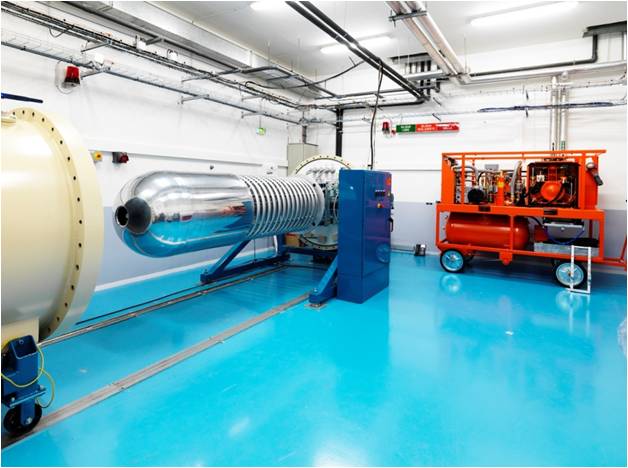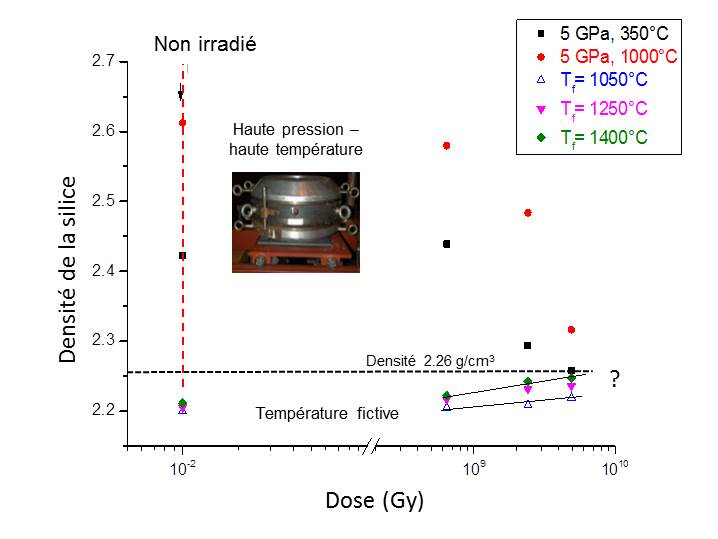Equilibrium density of irradiated silica
Silica or silicon dioxide (SiO2) is one of the main constituents (60%) of the earth's crust in the form of sand or rock. A transparent material in the visible range, it is widely used in optical components (lenses, prisms, optical fibers, etc.).

Latest news








